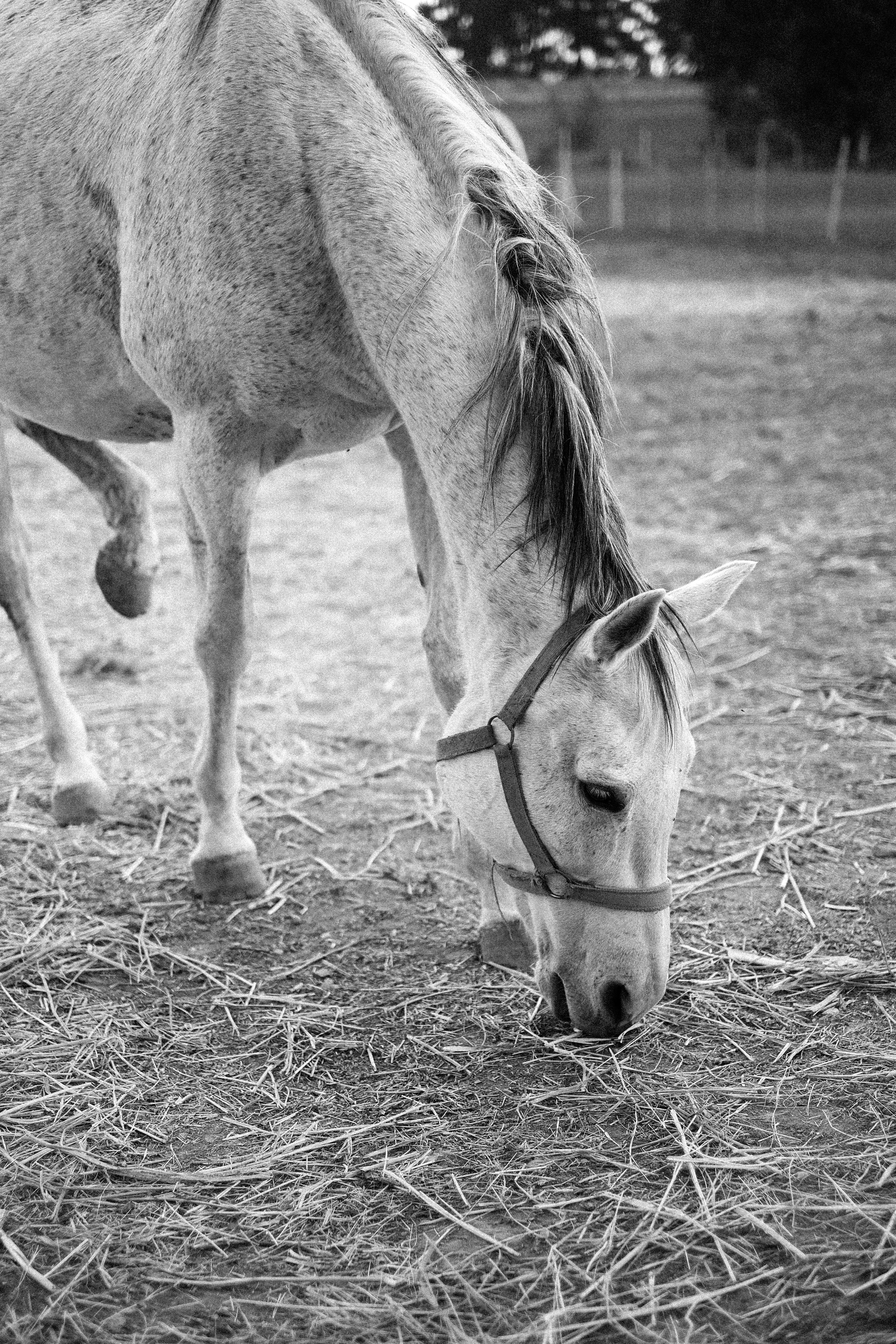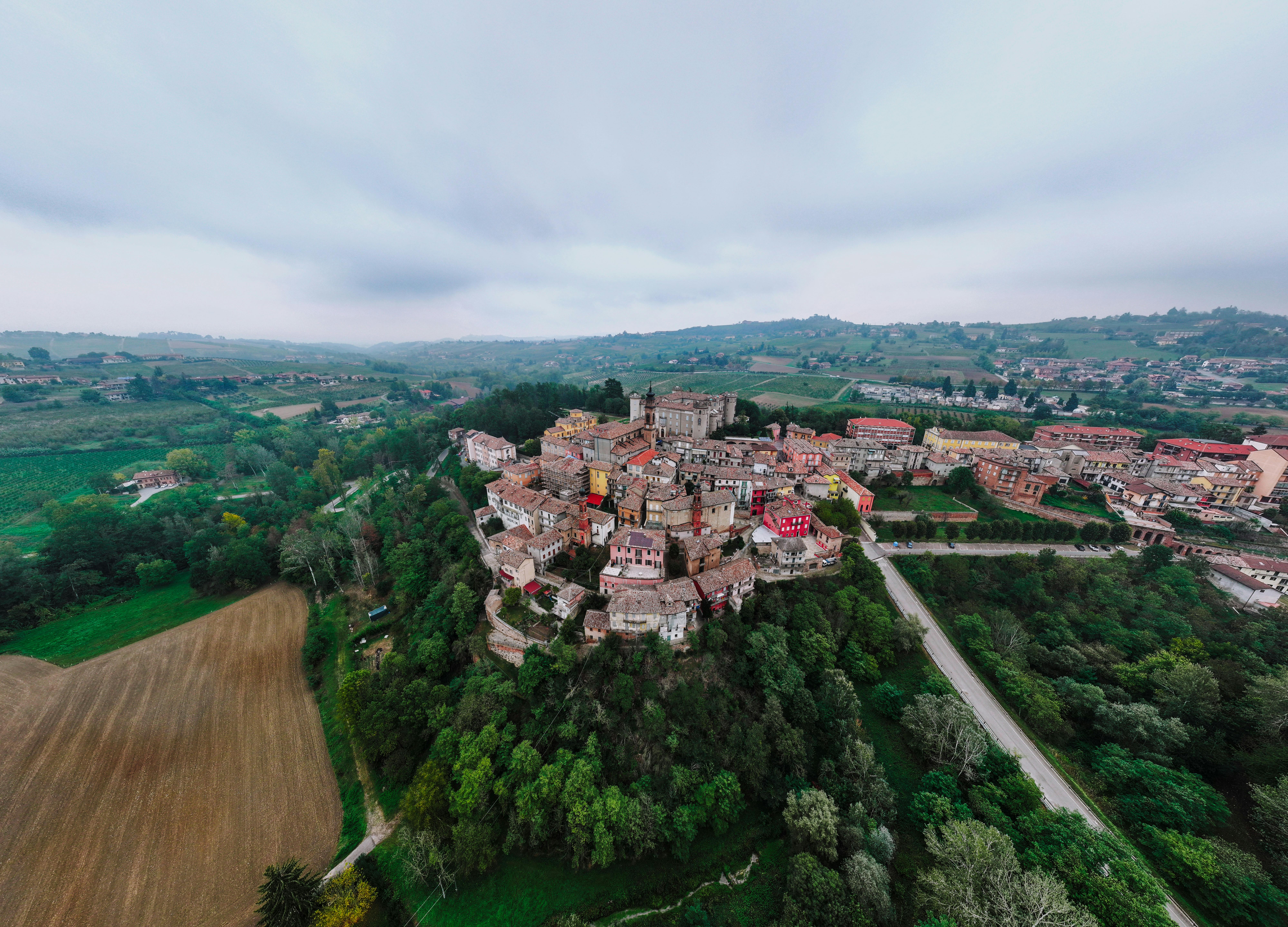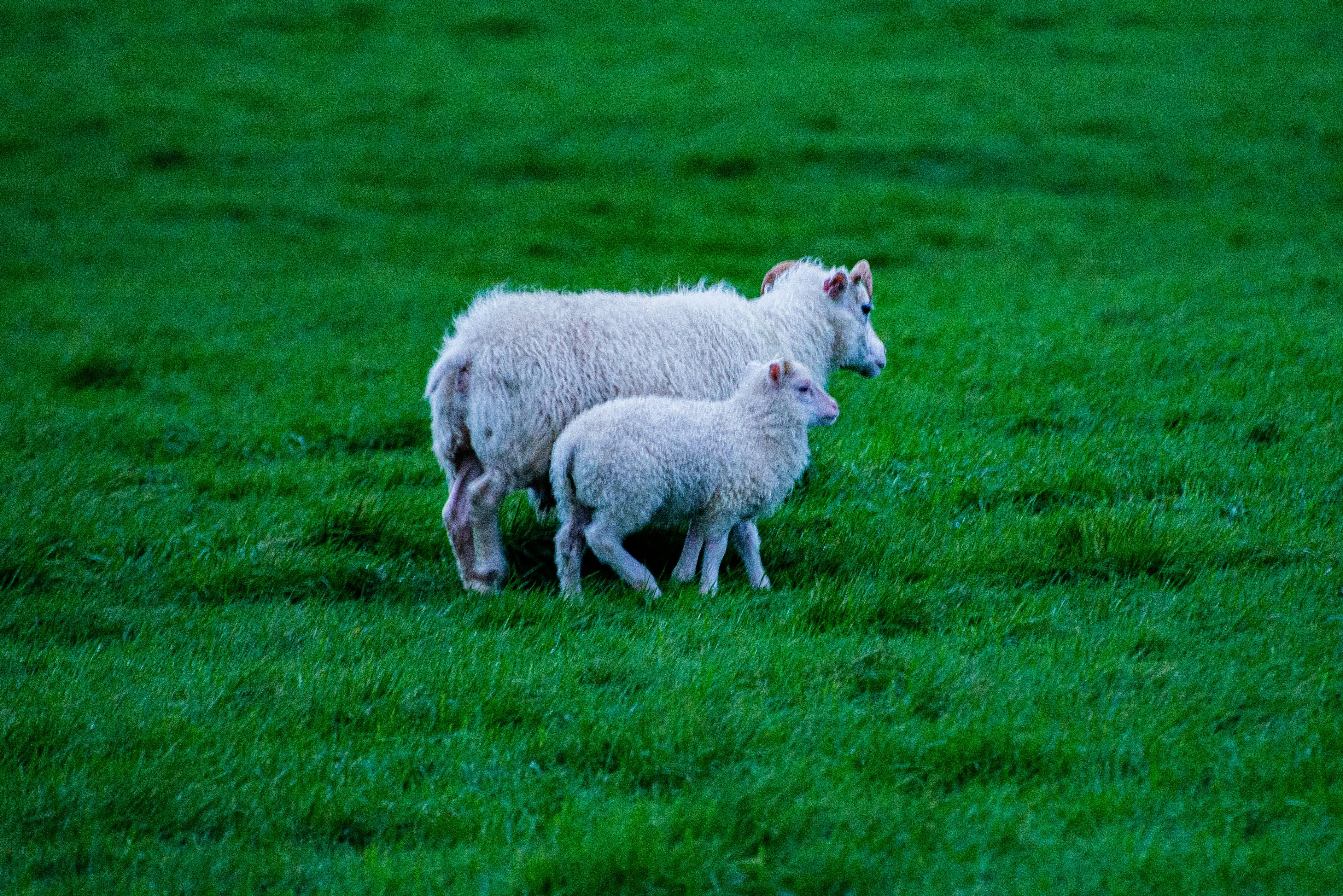We all know that farming is a vital industry, providing us with the food we eat every day. But with the increasing population and the challenges of climate change, farmers are in need of innovative solutions to optimize their practices. Enter GCP for Agriculture, a game-changer in the field of farming. By harnessing the power of digital solutions, GCP for Agriculture is revolutionizing the way crops are cultivated, increasing efficiency, reducing waste, and ultimately ensuring a more sustainable future for agriculture. This article explores how GCP for Agriculture is transforming the farming industry and the benefits it brings to both farmers and consumers.

Overview of GCP for Agriculture
Introduction to GCP (Google Cloud Platform)
As farmers are increasingly embracing digital solutions to optimize their farming practices, Google Cloud Platform (GCP) is emerging as a powerful tool for transforming agriculture. GCP offers a wide range of services and technologies that can revolutionize the way we approach farming, from data collection and analysis to precision farming techniques and supply chain management. By harnessing the capabilities of GCP, farmers can improve productivity, reduce resource wastage, detect crop diseases early, and make informed decisions based on accurate weather forecasts.
Importance of digital solutions in agriculture
Digital solutions play a crucial role in modern agriculture by addressing the challenges faced by farmers and enabling sustainable practices. By adopting digital technologies, farmers can gain valuable insights into their operations, optimize resource usage, and enhance productivity. In a world where population growth and climate change pose significant threats to food security, digital solutions like GCP offer innovative ways to mitigate risks, increase efficiency, and ensure sustainable farming practices.
Benefits of using GCP in farming
Utilizing GCP in farming brings several key benefits. Firstly, GCP enables farmers to collect and analyze vast amounts of data from various sources, such as weather stations, IoT devices, and satellite imagery, allowing for better decision-making and precise farm management. Secondly, GCP offers scalable and cost-effective computing resources, making it accessible for both small-scale and large-scale farming operations. Additionally, GCP provides powerful tools for monitoring crops, predicting weather patterns, and optimizing resource usage, leading to increased crop yields, reduced costs, and improved sustainability in agriculture.

IoT and Data Collection
Introduction to IoT (Internet of Things)
The Internet of Things (IoT) refers to a network of physical devices, vehicles, and other objects that are embedded with sensors, software, and connectivity, enabling them to collect and exchange data. In agriculture, IoT plays a pivotal role in revolutionizing conventional farming practices by allowing farmers to monitor and control various aspects of their operations in real-time. IoT devices, such as soil moisture sensors, weather stations, and crop monitoring systems, provide valuable data that can be integrated with GCP for advanced analytics and decision-making.
Role of IoT in agriculture
IoT has the potential to transform agriculture by enabling farmers to monitor and manage their farms remotely, optimize resource usage, reduce costs, and improve productivity. IoT devices can collect real-time data on soil moisture levels, temperature, humidity, and other environmental factors, providing farmers with critical information for precise irrigation and fertilization strategies. By connecting IoT devices to GCP, farmers can leverage the power of cloud computing and data analytics to gain actionable insights for optimizing farming practices.
Methods of data collection in farming
Data collection in farming can be done through various methods, including remote sensing, satellite imagery, weather stations, and IoT devices. Remote sensing techniques involve gathering data from satellites and drones, providing valuable insights into crop health, growth patterns, and potential risks. Satellite imagery allows farmers to monitor large areas of land and detect changes in vegetation, helping them identify areas that require attention. Weather stations collect weather data, which is crucial for predicting and mitigating weather-related risks. IoT devices, such as soil moisture sensors and crop monitoring systems, provide real-time data on soil conditions, crop growth, and environmental factors, which can be integrated with GCP for comprehensive analysis.
Utilizing GCP for data collection and analysis
GCP offers powerful tools and services for collecting and analyzing data in agriculture. By integrating IoT devices with GCP, farmers can securely transfer data to the cloud, where it can be processed and analyzed using advanced algorithms and machine learning techniques. GCP’s data processing capabilities allow for real-time analysis, enabling farmers to make immediate decisions based on up-to-date information. Furthermore, GCP provides a scalable and reliable infrastructure for storing and managing large amounts of agricultural data, ensuring its accessibility and security.

Precision Farming
Introduction to precision farming
Precision farming, also known as precision agriculture, is an approach that leverages technology and data to optimize farming practices and increase productivity. It involves the use of precise and targeted interventions, such as automated machinery, variable rate applications, and data-driven decision-making, to maximize efficiency and minimize waste. Precision farming takes into account the variability that exists within a field, allowing farmers to treat different areas differently based on specific needs.
Advantages of precision farming
Precision farming offers several advantages over traditional farming methods. Firstly, it enables farmers to optimize the use of resources, such as water, fertilizers, and pesticides, by applying them precisely where and when they are needed. This not only reduces costs but also minimizes environmental impacts. Secondly, precision farming helps farmers identify and manage crop variability, allowing for targeted interventions and improved crop yields. By using data collected from IoT devices and integrating it with GCP, farmers can gain valuable insights into soil health, plant growth, and other critical factors, enabling them to optimize their precision farming techniques.
Role of GCP in optimizing precision farming techniques
GCP plays a crucial role in optimizing precision farming techniques by providing a platform for data storage, analysis, and visualization. By integrating IoT devices and other data sources with GCP, farmers can collect and analyze vast amounts of data on soil conditions, weather patterns, crop growth, and pest infestations. GCP’s powerful analytics and machine learning capabilities allow farmers to identify patterns, trends, and correlations in the data, helping them make informed decisions and improve their precision farming strategies. Additionally, GCP provides tools for visualizing and presenting data, making it easier for farmers to interpret and act upon the insights gained.

Crop Monitoring and Management
Importance of crop monitoring
Crop monitoring is essential for farmers to understand the health, growth, and development of their crops. By regularly monitoring crops, farmers can detect early signs of stress, diseases, pests, and nutrient deficiencies, allowing them to take timely action and prevent potential yield losses. Crop monitoring also enables farmers to optimize irrigation, fertilization, and pest control strategies, ensuring efficient resource usage and minimizing environmental impacts. With the help of GCP, farmers can take their crop monitoring to the next level by integrating real-time data from IoT devices, satellite imagery, and other sources for comprehensive analysis and decision-making.
Using GCP for real-time crop monitoring
GCP offers the capability to monitor crops in real-time by integrating data from various sources, such as IoT devices and satellite imagery. By connecting IoT devices, such as soil moisture sensors and weather stations, to GCP, farmers can collect real-time data on soil conditions, temperature, humidity, and other environmental factors. This data can be analyzed to understand crop health, growth patterns, and potential risks. Additionally, GCP’s integration with satellite imagery allows farmers to monitor large areas of land and detect changes in vegetation, enabling them to identify areas that require attention. Real-time crop monitoring with GCP empowers farmers to make informed decisions and take proactive measures to ensure the health and productivity of their crops.
Utilizing machine learning in crop management
Machine learning, a subset of artificial intelligence, plays a significant role in crop management by enabling farmers to analyze and interpret complex data sets. By integrating machine learning algorithms with GCP, farmers can gain valuable insights into crop diseases, pest infestations, and nutrient deficiencies. Machine learning models can be trained to detect patterns and anomalies in data, allowing for the early detection of crop diseases and pests. This proactive approach enables farmers to take immediate action, such as applying targeted treatments or adjusting irrigation and fertilization strategies, to prevent extensive crop damage. GCP’s machine learning capabilities provide a powerful tool for enhancing crop management and optimizing yields in agriculture.
Enhancing crop yield through digital solutions
Digital solutions, such as GCP, offer farmers innovative ways to enhance crop yield by optimizing farming practices. By leveraging the capabilities of GCP for data collection, analysis, and decision-making, farmers can gain valuable insights into crop health, growth patterns, and potential risks. These insights enable farmers to take proactive measures, such as adjusting irrigation, nutrient application, and pest control strategies, to maximize crop yield. Additionally, by utilizing GCP’s machine learning capabilities, farmers can detect and manage crop diseases and pests more effectively, reducing yield losses. Digital solutions provided by GCP empower farmers to make data-driven decisions that enhance crop yield and contribute to sustainable agriculture.
(Continued in part 2)

